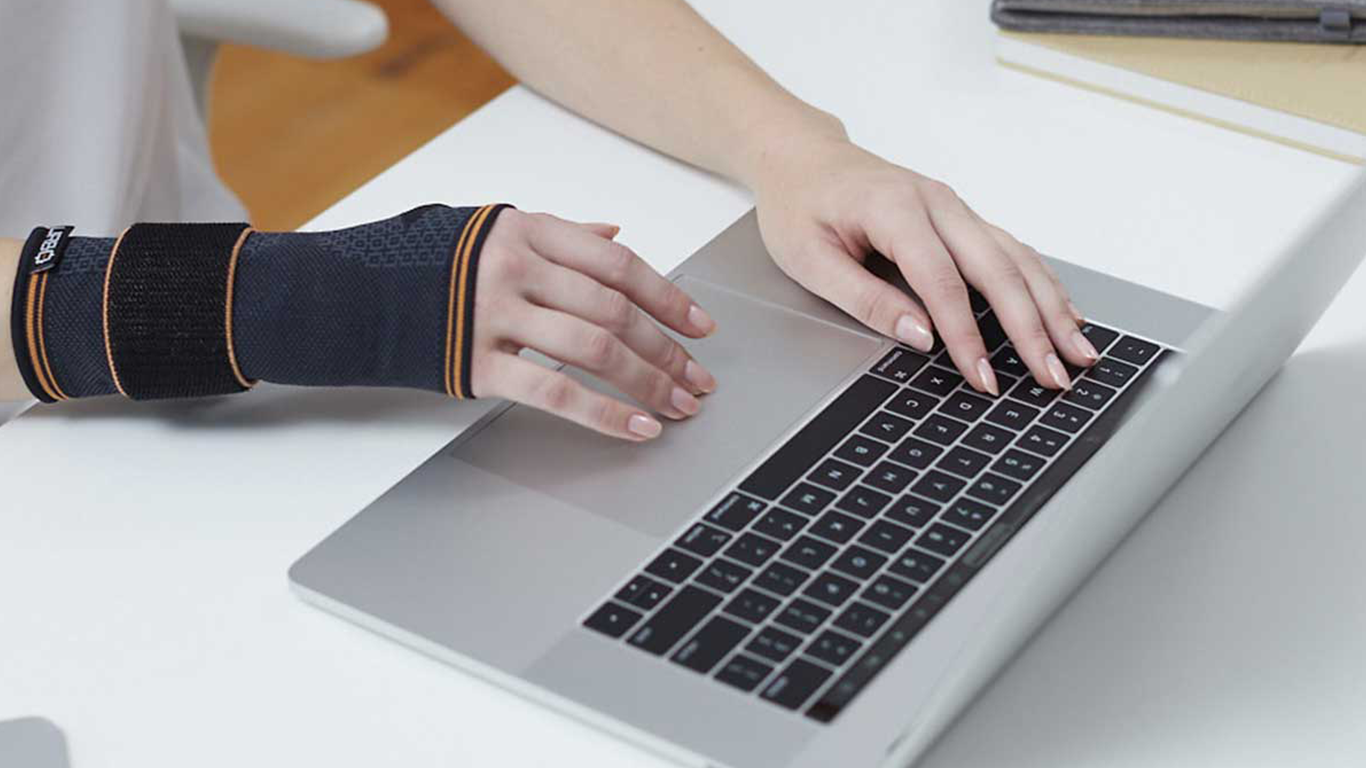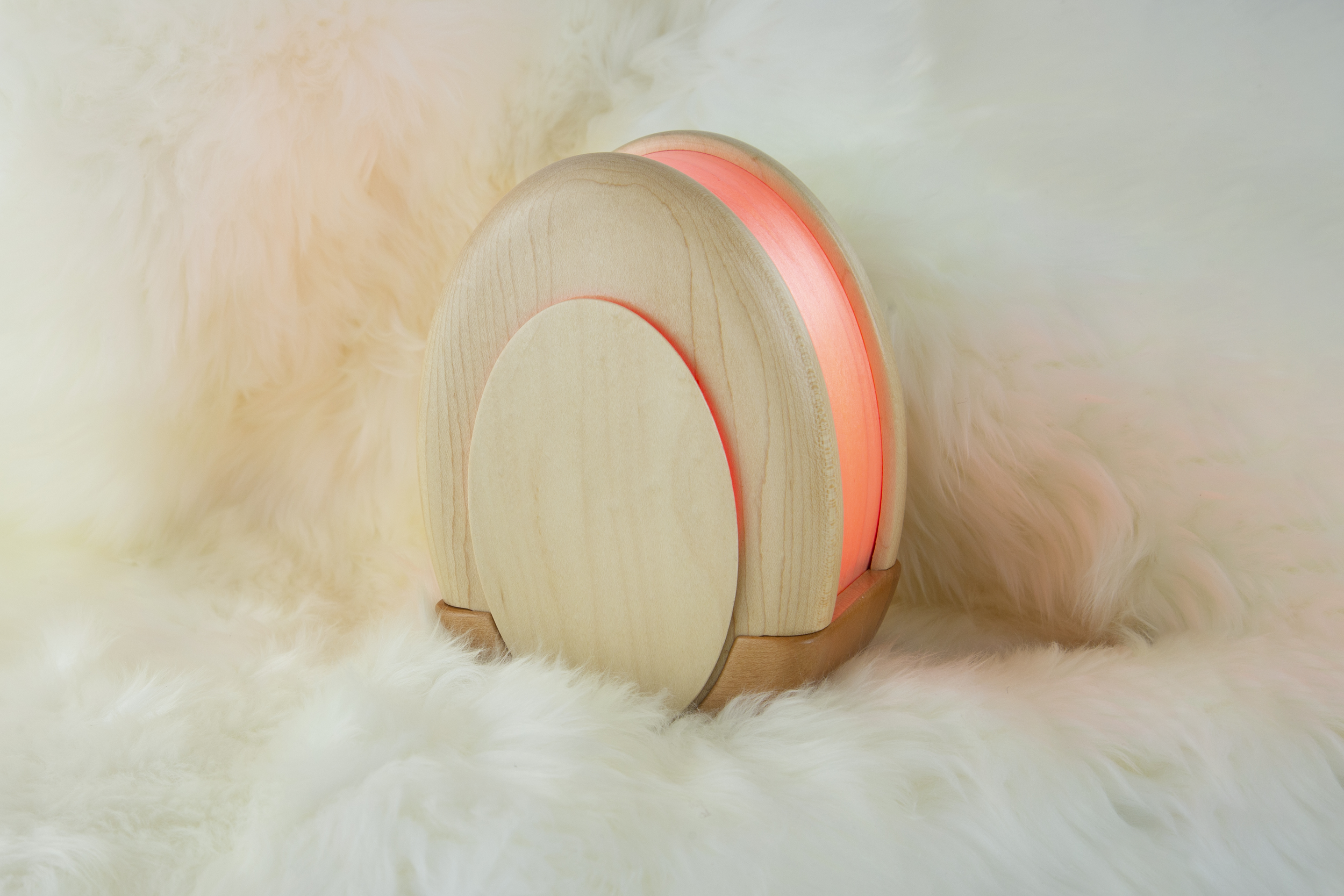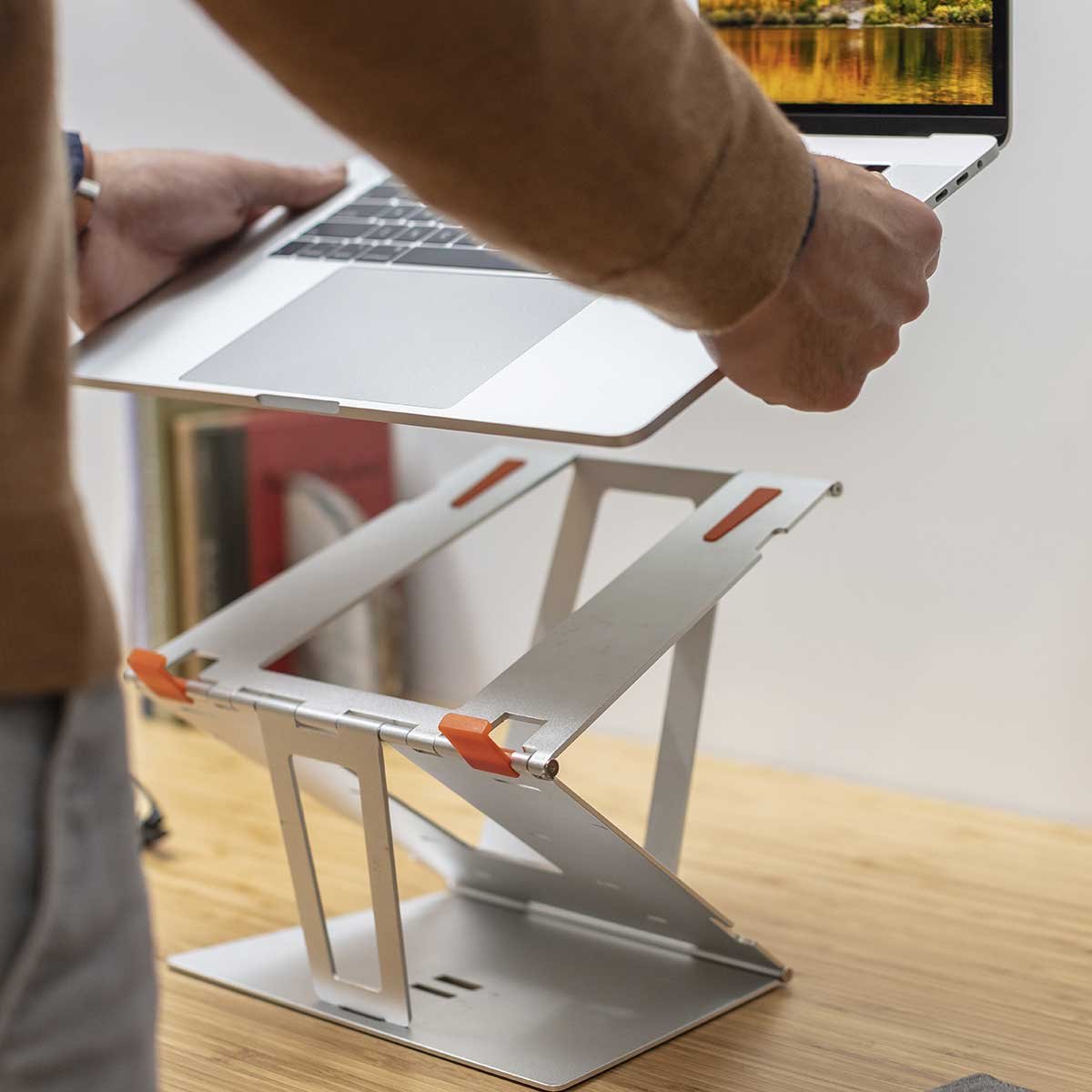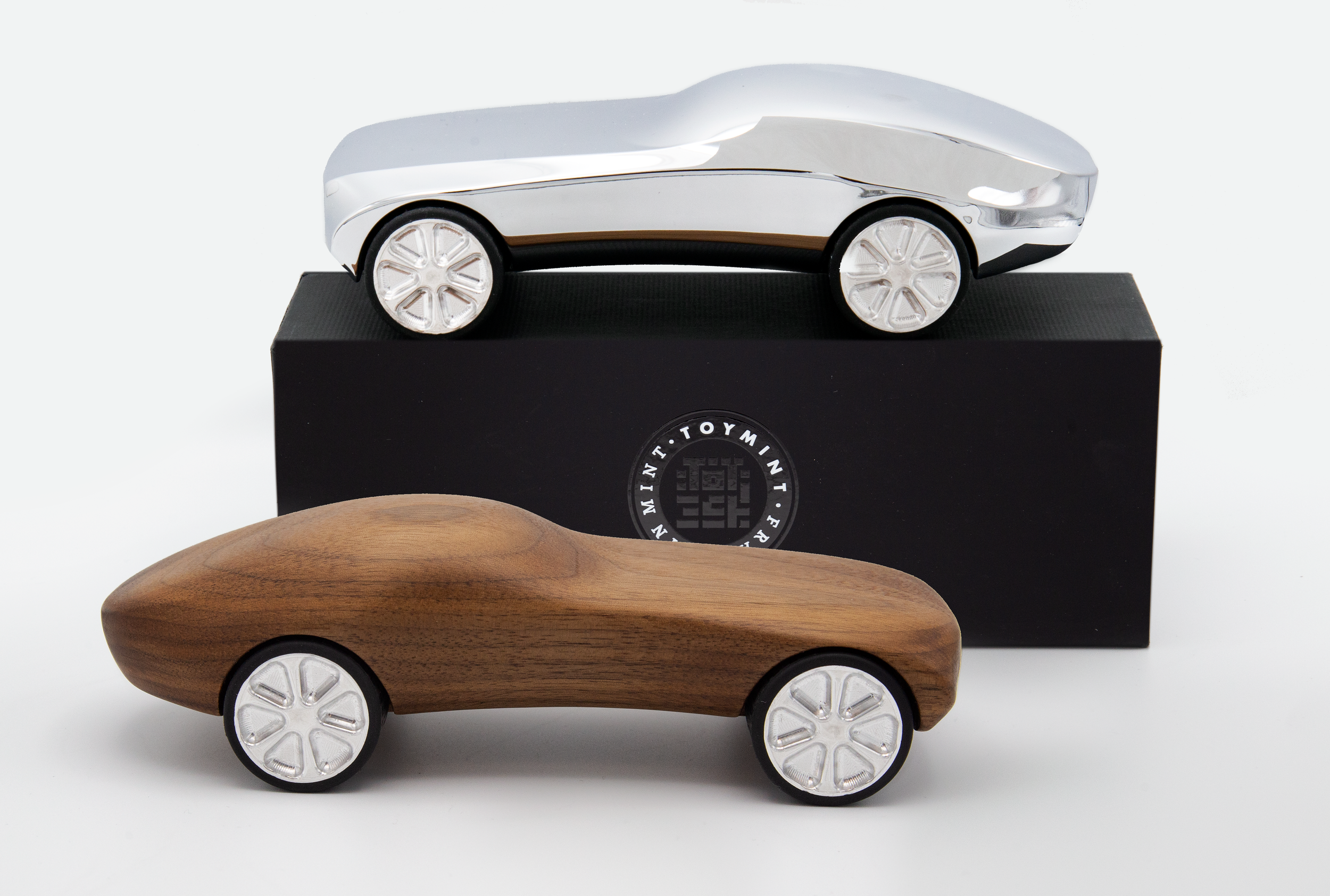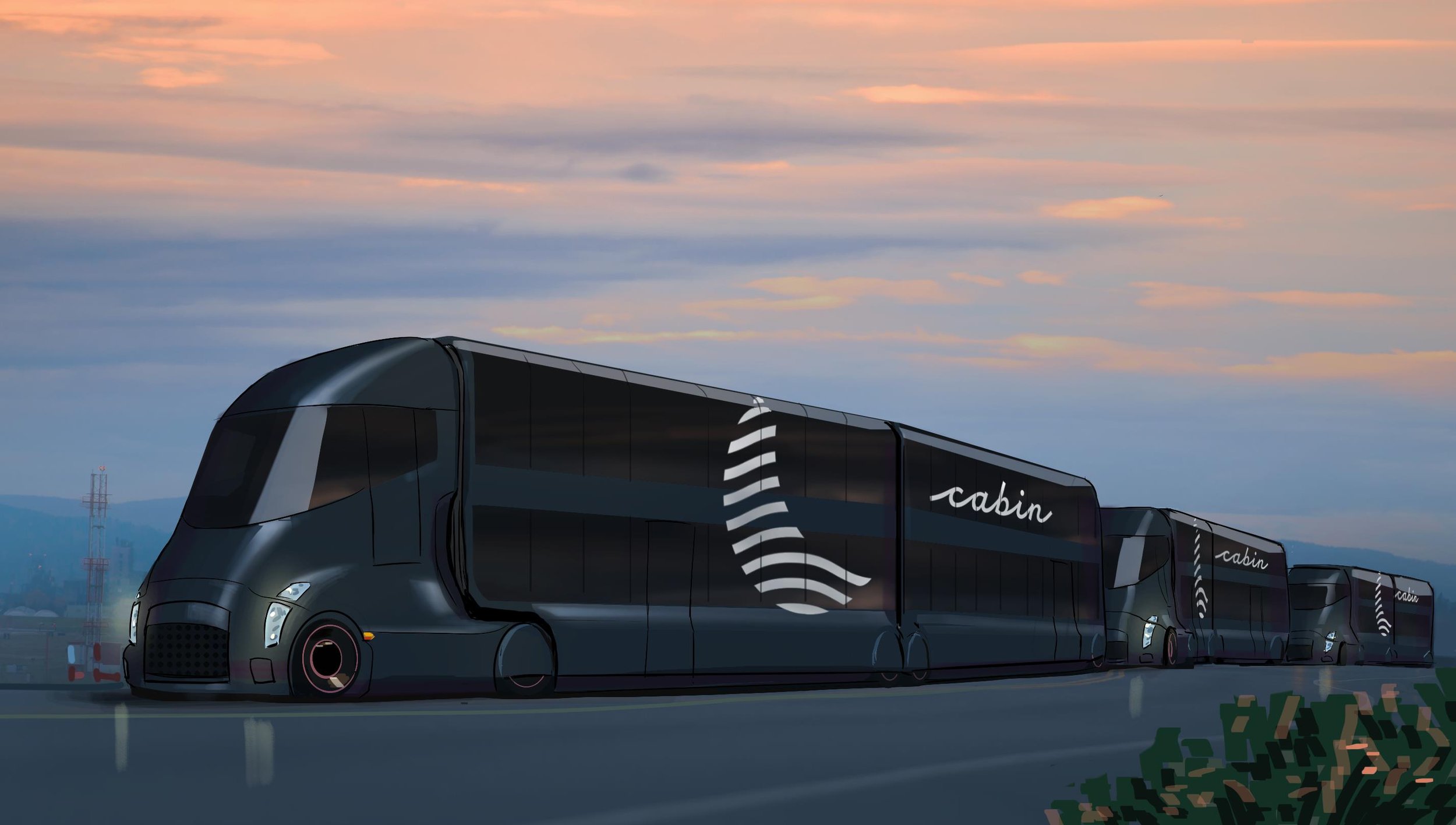HOW TO PICK AN INDUSTRIAL DESIGN FIRM
So you’re in the business of producing physical things. Maybe your company has been making products for a long time and they need an update; maybe you’re a brand new entrepreneur with a great idea. In any case, you need design work done and a google search turns up hundreds of industrial design firms, all of which claim to be the best one.
The following advice comes from years of experience fielding new clients and supporting existing ones. I hope it clarifies what can be an overwhelming process.
Know what you’re looking for
Some designers and firms are focused on aesthetics. Some are more mechanically minded. Some do both. Before reviewing websites and portfolios it’s worth making sure you understand exactly what you need so you don’t get swamped with pretty pictures. For example, if you are updating the look and feel of an existing product you might do well with an artistically excellent design firm with a portfolio full of gorgeous images. If you’re launching something new with a big mechanical component, look for firms with an engineer or two on staff and a bunch of complex products with moving parts on display.
It’s also important to be clear what kind of relationship you want with your design firm. A small, boutique studio can give you a lot of personal attention but may have fewer resources, while a larger one will have wider capabilities and possibly less face-to-face connection. Some small firms can embed themselves into a larger company, essentially acting as an in-house design team for as long as needed, while others are permanently slammed with dozens of clients at once.
None of these choices are wrong ones. But it will narrow down the hunt if you have a rough sense of the size and type of company you need before you start reaching out.
Office braces for Urbo, sleep lamp for Kulala. Design by Spitfire Industry
Come in with a clear idea of your scope and budget
Good design can make the difference between a great and average product but it isn’t cheap. You’re paying for the combined expertise of an experienced team and there are many steps to be completed between conception and production. You should have a general idea of what you can invest in the design portion of a project before approaching studios. You might be asked to share your budget early on, and while it may feel awkward there’s no real downside in being straightforward about it.
If your budget is limited it’s often worth isolating the parts of the project where an industrial design firm can bring the most value. Perhaps your team can take on user testing or mechanical design while the the ID studio focuses on aesthetics and user experience. If the firm is a great fit everywhere but budget it’s worth an ask.
Folding workstation for Readydesk, plungers for Staff, laptop stand for Urbo. Design by Spitfire Industry
Be realistic about timelines
Product development from concept to production is a time consuming process, especially in the strange world of the 2020s. A firm is going to know how long their part of the process will take, but production and shipping is a huge question mark. If you contract with them to help with production as well as design expect some level of vagueness for the foreseeable future. A good studio will be straightforward about this.
Review portfolios with a practical eye
Every firm puts its best foot forward and most portfolios look great. Here are some things to keep in mind while wading through page after page:
Are the product images photos/videos or renderings? If the former, you know that the firm gets products on the market regularly; if the latter they may be more focused on theoretical design that is not necessarily intended for mass production. It can be hard to tell a good rendering from a photo, and you can always ask (whoever did the renders will be flattered).
Are there a lot of process pictures or only finished objects? Every product goes through multiple iterations but some studios like sharing their process and some don’t. This can give you a sense of what they’ll want to share during the design process.
Is there overlap between the portfolio pieces and your own product area? This isn’t to say that if you are designing a blender your firm must have done blenders before– and if they have you may have to contend with a non-compete– but experience with consumer electronics or kitchenware could be helpful.
Are they completing multiple projects for the same entity? This is a good sign, as it means clients are coming back to the firm again and again.
Toy cars for Toymint, scooter for Gotrax, bus concept for Cabin. Design by Spitfire Industry
Understand how the studio’s process works
Does the studio do heavy user research as a matter of course? Do they outsource anything? Which team members will you be working with? You should get a sense of their order of operations and how they would apply it to your project. Some studios are quite flexible in their approach while others have a preferred method they use for everything. Smaller studios like ours often tailor their process to specific clients so they get exactly what they need without blowing time and budget on ancillary tasks. It’s not a bad idea to select an interesting project from the firm’s portfolio and ask them to talk you through it.
Process images for Colorado Tripod Company. Design by Spitfire Industry
Personal connection matters too
Hiring a design firm means you’ll be in close contact with whoever is managing your project for months, maybe years. You don’t need to be best friends but you do need to be able to communicate freely. If after a couple of meetings you feel like you’re running into communication issues or just don’t get along, it might be time to continue the search. In a field like design where a lot of elements are subjective, both you and your point of contact need to be able to disagree productively and work together to find a solution.
While you should expect the designers’ expertise (you wouldn’t have hired a firm if you could do the work yourself) there’s nothing wrong with asking questions and making requests. Clear, specific, unemotional feedback will always be welcome.
A sense of humor never hurts either.
Sensor for Samsung, bibs for Silly Goose, planter concept for Nolawater. Design by Spitfire Industry
Some things to avoid
There are some firms that claim to take a napkin sketch concept to production, charge a lot of money and take a lot of time and give little to nothing in return. They often bill themselves as innovation labs and not design firms and tend to have aggressive sales staff who promise you the moon. A quick look at BBB or other nonaffiliated review sites should help identify bad actors.
All reputable studios will sign an NDA before discussing your project. If they won’t, you don’t want to work with them.
Don’t take it personally if a studio turns your project down. There could be any number of reasons, most entirely unrelated to you. It never hurts to ask if they can recommend another studio that might be a better fit.
In conclusion…
A great design firm in your corner is an extraordinarily valuable asset. Once you identify one that is right for your company’s needs, treat them as a long term investment. Any confusion with communication and style should be ironed out in the first couple of projects, leading to a productive working relationship that can last decades. Following the tips above should help you get there quickly so you can focus on creating something amazing.
Sun lamps for Circadian Optics. Design by Spitfire Industry
About Spitfire Industry
Spitfire is an industrial design studio based in Brooklyn, NY. We see design as a tool to solve problems, in whatever format works best. We’ve styled buses, invented cookware, designed Kickstarter campaigns, created packaging suites, started and refreshed brands, built websites and apps, and prepared factory CADs. Working with Spitfire is like adding a highly capable design department to your company for as long as you need it. We work closely with our clients from ideation to launch day, overseeing every aspect of design and making sure that each element comes together efficiently, elegantly and on time. Learn more here.

